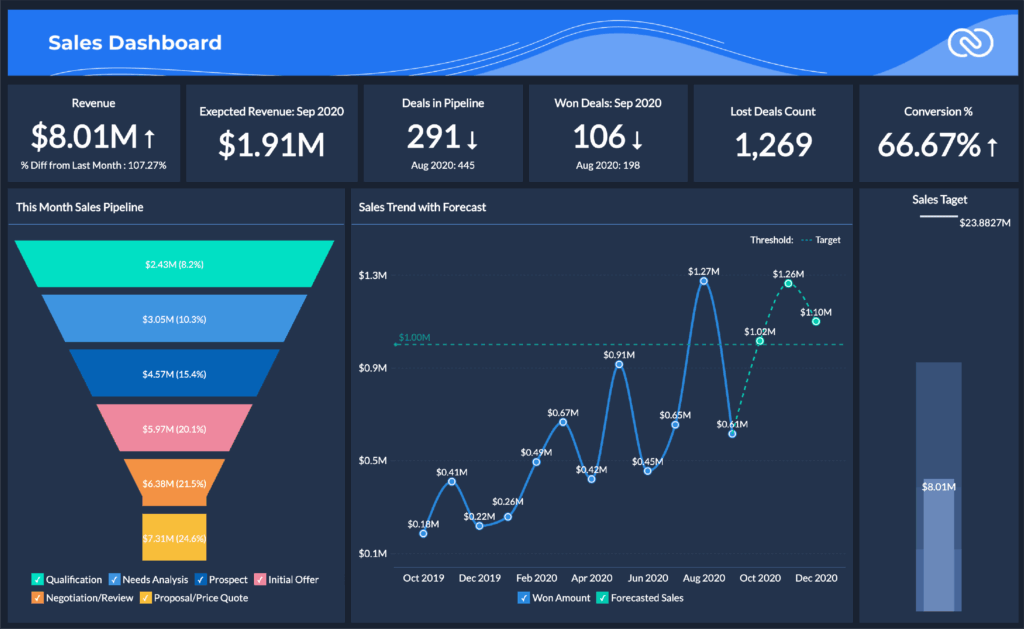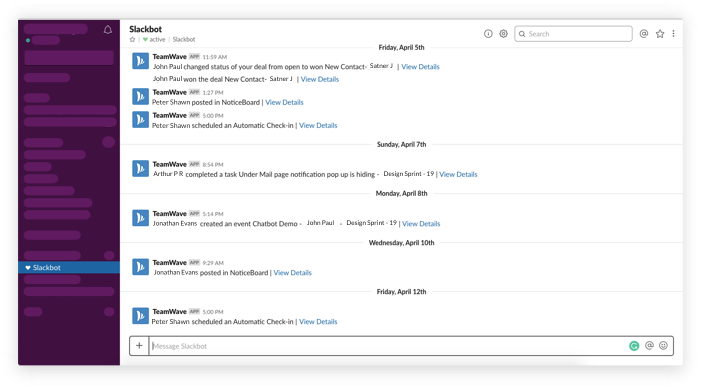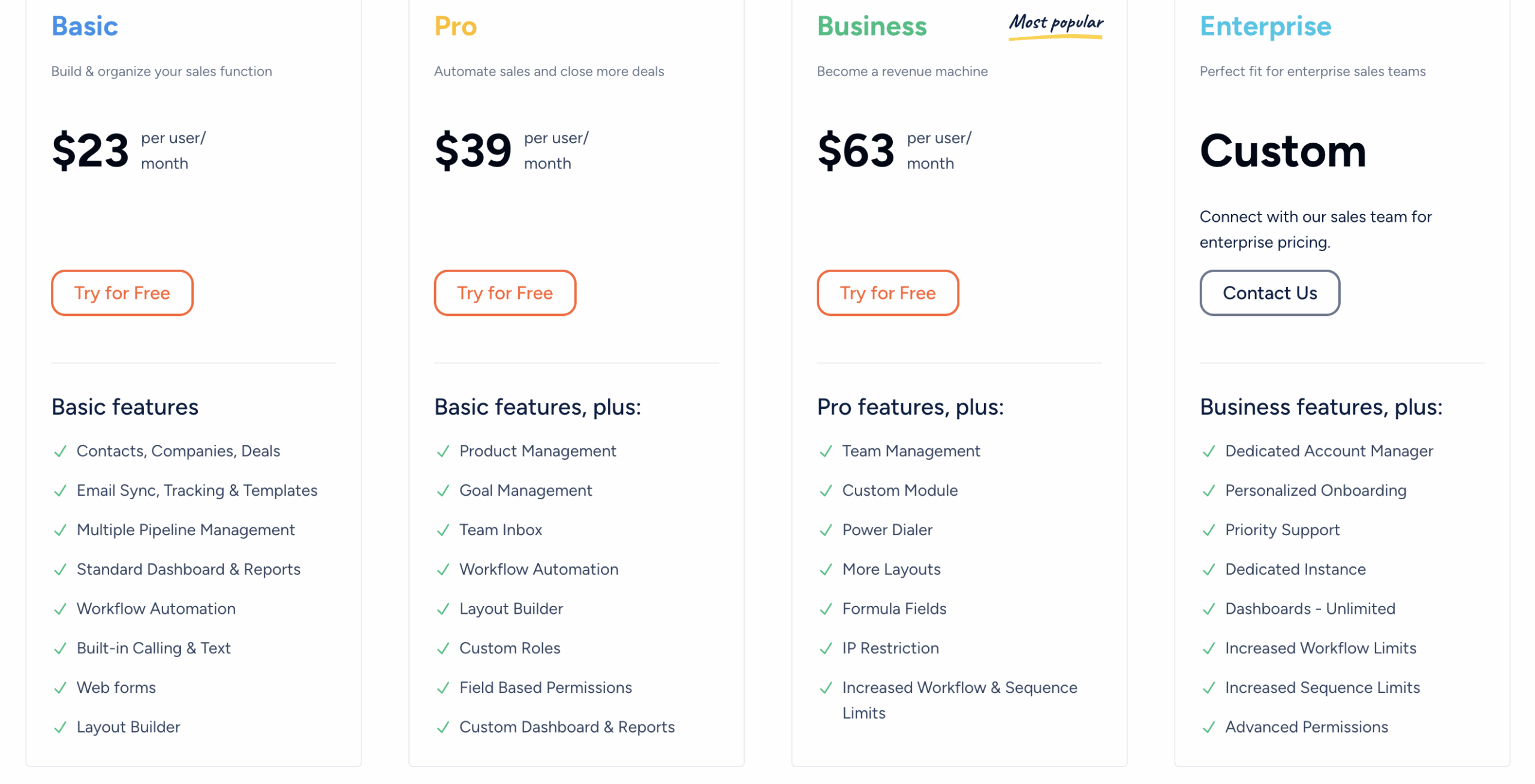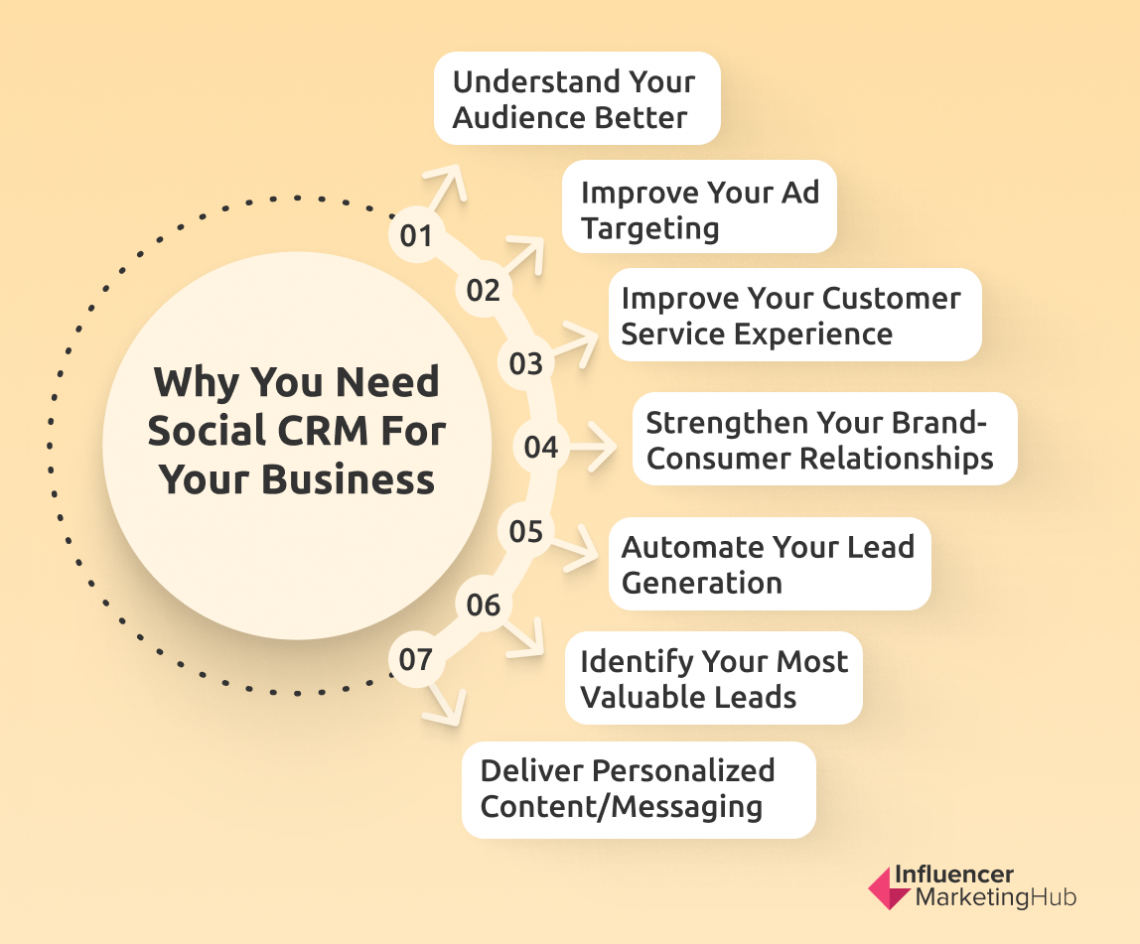
Unlocking the Power of CRM Marketing Metrics: A Comprehensive Guide
In the dynamic world of marketing, data is king. And when it comes to understanding your customers and optimizing your strategies, Customer Relationship Management (CRM) systems are the crown jewels. But a CRM system is only as good as the metrics you use to measure its effectiveness. This comprehensive guide delves into the essential CRM marketing metrics that will help you track performance, identify areas for improvement, and ultimately, drive sustainable growth. We’ll explore everything from basic engagement metrics to advanced revenue indicators, equipping you with the knowledge to make data-driven decisions and transform your marketing efforts.
Understanding the Importance of CRM Marketing Metrics
Why are CRM marketing metrics so crucial? Simply put, they provide a clear picture of your marketing performance. They allow you to:
- Track Progress: Monitor key performance indicators (KPIs) and see how your campaigns are performing against your goals.
- Identify Trends: Spot patterns and insights that can inform future strategies.
- Optimize Campaigns: Pinpoint what’s working and what’s not, allowing you to refine your approach for better results.
- Measure ROI: Determine the return on investment (ROI) of your marketing efforts, demonstrating their value to stakeholders.
- Improve Customer Experience: Gain a deeper understanding of your customers’ behavior and preferences, enabling you to personalize their experiences and build stronger relationships.
Without these metrics, you’re essentially flying blind. You might be spending money on marketing initiatives that aren’t yielding results, or missing opportunities to connect with your target audience. CRM marketing metrics provide the compass and map needed to navigate the complex landscape of modern marketing.
Key Categories of CRM Marketing Metrics
CRM marketing metrics can be broadly categorized into several key areas. Understanding these categories will help you organize your data and gain a more holistic view of your marketing performance.
1. Engagement Metrics
Engagement metrics measure how your audience interacts with your marketing efforts. They provide insights into customer interest, awareness, and the effectiveness of your content and campaigns. Some key engagement metrics include:
- Website Traffic: Track the number of visitors to your website, the pages they view, and the time they spend on your site. This helps you understand which content is resonating with your audience and which pages need improvement.
- Email Open Rate: The percentage of recipients who open your marketing emails. A high open rate indicates that your subject lines are compelling and your audience is engaged.
- Click-Through Rate (CTR): The percentage of recipients who click on links in your emails or on your website. CTR is a direct measure of the effectiveness of your calls to action (CTAs) and the relevance of your content.
- Social Media Engagement: Track likes, shares, comments, and followers on your social media channels. This indicates how your audience is interacting with your brand and content on social platforms.
- Lead Generation: Monitor the number of leads generated through your website, landing pages, and other marketing channels. This metric is crucial for understanding the effectiveness of your lead generation efforts.
2. Conversion Metrics
Conversion metrics measure the effectiveness of your marketing efforts in driving desired actions. They go beyond engagement and focus on the specific goals you want to achieve, such as generating leads, making sales, or driving sign-ups. Key conversion metrics include:
- Lead Conversion Rate: The percentage of leads who convert into qualified opportunities. This metric indicates how well your lead nurturing efforts are working.
- Opportunity-to-Customer Conversion Rate: The percentage of qualified opportunities that convert into paying customers. This is a critical metric for understanding the effectiveness of your sales process.
- Website Conversion Rate: The percentage of website visitors who complete a desired action, such as filling out a form, making a purchase, or requesting a demo.
- Marketing Qualified Lead (MQL) Conversion Rate: The percentage of MQLs who convert into Sales Qualified Leads (SQLs). This metric helps you assess the effectiveness of your lead scoring and qualification process.
- Customer Acquisition Cost (CAC): The total cost of acquiring a new customer, including marketing and sales expenses. This is a crucial metric for understanding the efficiency of your marketing efforts.
3. Revenue Metrics
Revenue metrics measure the financial impact of your marketing efforts. They provide a direct measure of the ROI of your campaigns and help you understand how marketing contributes to the bottom line. Key revenue metrics include:
- Customer Lifetime Value (CLTV): The predicted revenue a customer will generate throughout their relationship with your business. This metric helps you understand the long-term value of your customers and informs your customer retention strategies.
- Return on Marketing Investment (ROMI): The percentage return on your marketing investment. This metric is crucial for demonstrating the value of your marketing efforts to stakeholders.
- Average Order Value (AOV): The average amount spent per order. This metric helps you understand the purchasing behavior of your customers and identify opportunities to increase sales.
- Monthly Recurring Revenue (MRR): The predictable revenue you generate each month from recurring subscriptions or services. This metric is particularly important for SaaS businesses.
- Revenue Growth: The percentage increase in revenue over a specific period. This metric is a primary indicator of overall business performance and the effectiveness of your marketing and sales efforts.
4. Customer Satisfaction Metrics
Customer satisfaction metrics measure how happy your customers are with your products, services, and overall experience. Happy customers are more likely to be loyal, make repeat purchases, and recommend your brand to others. Key customer satisfaction metrics include:
- Net Promoter Score (NPS): A measure of customer loyalty and willingness to recommend your brand. Calculated by asking customers how likely they are to recommend your company on a scale of 0 to 10.
- Customer Satisfaction Score (CSAT): A measure of how satisfied customers are with a specific interaction or experience. Usually measured through a survey asking customers to rate their satisfaction on a scale.
- Customer Effort Score (CES): A measure of how easy it is for customers to interact with your company. A lower score indicates a better customer experience.
- Churn Rate: The percentage of customers who stop doing business with your company over a specific period. A high churn rate can indicate problems with customer satisfaction or product/service quality.
- Customer Retention Rate: The percentage of customers who remain customers over a specific period. This metric is the inverse of churn rate and indicates how well you are retaining your customers.
Deep Dive into Key CRM Marketing Metrics
Now, let’s take a closer look at some of the most important CRM marketing metrics and how to effectively track and utilize them.
1. Website Traffic and Engagement
Website traffic is the lifeblood of your online marketing efforts. By tracking the number of visitors, the pages they view, and the time they spend on your site, you can gain valuable insights into the effectiveness of your content and marketing campaigns. Tools like Google Analytics provide detailed data on website traffic, allowing you to analyze traffic sources, identify top-performing pages, and understand user behavior.
How to Track:
- Google Analytics: This is the industry standard for website analytics. It provides comprehensive data on website traffic, user behavior, and conversion rates.
- Website Heatmaps: Tools like Hotjar or Crazy Egg allow you to visualize user behavior on your website through heatmaps, scroll maps, and click maps.
- CRM Integration: Integrate your website analytics with your CRM system to get a complete view of your customer journey.
How to Use:
- Identify Top-Performing Content: Analyze which pages receive the most traffic and engagement. Use this information to create more content on similar topics.
- Optimize Website Design: Analyze user behavior to identify areas for improvement in your website design, such as navigation, calls to action, and content layout.
- Track Traffic Sources: Identify which marketing channels are driving the most traffic to your website. This helps you allocate your marketing budget effectively.
2. Email Marketing Metrics
Email marketing remains a powerful tool for nurturing leads, driving conversions, and building customer relationships. Tracking key email marketing metrics is essential for understanding the effectiveness of your campaigns and optimizing your strategy.
Key Metrics:
- Open Rate: The percentage of subscribers who open your email.
- Click-Through Rate (CTR): The percentage of subscribers who click on links in your email.
- Conversion Rate: The percentage of subscribers who complete a desired action, such as making a purchase or filling out a form.
- Bounce Rate: The percentage of emails that fail to be delivered.
- Unsubscribe Rate: The percentage of subscribers who unsubscribe from your email list.
How to Track:
- Email Marketing Platform: Platforms like Mailchimp, HubSpot, and Sendinblue provide built-in analytics for tracking email marketing metrics.
- CRM Integration: Integrate your email marketing platform with your CRM system to track email engagement and conversions in relation to customer data.
How to Use:
- Optimize Subject Lines: Experiment with different subject lines to improve open rates.
- Segment Your Audience: Segment your email list based on customer behavior and demographics to send more targeted and relevant emails.
- Test Different Content and Designs: A/B test different email content and designs to see what resonates best with your audience.
3. Lead Conversion Rate
Lead conversion rate is a critical metric for measuring the effectiveness of your lead generation and nurturing efforts. It shows you how well you’re converting leads into qualified opportunities.
How to Calculate:
(Number of Qualified Opportunities / Number of Leads) * 100
How to Track:
- CRM System: Your CRM system should track lead conversion rates automatically.
- Lead Scoring: Implement a lead scoring system to identify and prioritize the most promising leads.
How to Use:
- Analyze Lead Sources: Identify which lead sources are generating the highest conversion rates.
- Optimize Lead Nurturing: Develop a lead nurturing strategy to guide leads through the sales funnel.
- Improve Lead Qualification: Refine your lead qualification process to ensure that your sales team is focusing on the most promising opportunities.
4. Opportunity-to-Customer Conversion Rate
This metric measures the effectiveness of your sales process by tracking how well you convert qualified opportunities into paying customers.
How to Calculate:
(Number of Customers / Number of Opportunities) * 100
How to Track:
- CRM System: Your CRM system should track opportunity-to-customer conversion rates automatically.
How to Use:
- Analyze Sales Process: Identify bottlenecks in your sales process that are hindering conversion rates.
- Improve Sales Training: Provide your sales team with the training and resources they need to close deals effectively.
- Refine Sales Messaging: Optimize your sales messaging to address customer needs and concerns.
5. Customer Acquisition Cost (CAC)
CAC is the total cost of acquiring a new customer. It’s a critical metric for understanding the efficiency of your marketing and sales efforts.
How to Calculate:
(Total Marketing and Sales Expenses / Number of New Customers Acquired)
How to Track:
- CRM System: Your CRM system can help you track CAC by integrating with your marketing and sales expenses.
- Accounting Software: Use accounting software to track your marketing and sales expenses.
How to Use:
- Optimize Marketing Spend: Identify the most cost-effective marketing channels.
- Improve Sales Efficiency: Streamline your sales process to reduce sales costs.
- Benchmark Against Industry Averages: Compare your CAC to industry averages to assess your performance.
6. Customer Lifetime Value (CLTV)
CLTV is a prediction of the revenue a customer will generate throughout their relationship with your business. It’s a valuable metric for understanding the long-term value of your customers and making informed decisions about customer acquisition and retention.
How to Calculate:
There are several ways to calculate CLTV, depending on the complexity of your business model. A simple formula is:
CLTV = (Average Purchase Value * Purchase Frequency) * Customer Lifespan
How to Track:
- CRM System: Many CRM systems offer CLTV calculation tools.
- Spreadsheet Software: You can calculate CLTV in a spreadsheet using the formula above.
How to Use:
- Prioritize Customer Retention: Focus on retaining high-CLTV customers.
- Optimize Customer Acquisition: Determine how much you can afford to spend on acquiring new customers based on their potential CLTV.
- Personalize Customer Experiences: Tailor your marketing and sales efforts to different customer segments based on their CLTV.
7. Net Promoter Score (NPS)
NPS is a widely used metric for measuring customer loyalty and willingness to recommend your brand. It’s calculated by asking customers how likely they are to recommend your company on a scale of 0 to 10.
How to Calculate:
- Promoters (9-10): Customers who are highly likely to recommend your brand.
- Passives (7-8): Customers who are satisfied but not enthusiastic.
- Detractors (0-6): Customers who are unlikely to recommend your brand.
NPS = (% of Promoters) – (% of Detractors)
How to Track:
- Survey Tools: Use survey tools like SurveyMonkey or Qualtrics to collect NPS data.
- CRM Integration: Integrate your survey tool with your CRM system to track NPS in relation to customer data.
How to Use:
- Identify Customer Satisfaction Issues: Identify areas where customers are dissatisfied.
- Improve Customer Experience: Take steps to improve the customer experience and increase NPS.
- Track Performance Over Time: Monitor your NPS over time to track your progress.
Tools and Technologies for Tracking CRM Marketing Metrics
Tracking and analyzing CRM marketing metrics can be significantly streamlined with the right tools and technologies. Here are some of the key players in the market:
- CRM Systems: The foundation for tracking CRM marketing metrics. Popular choices include Salesforce, HubSpot, Zoho CRM, and Microsoft Dynamics 365.
- Marketing Automation Platforms: Platforms like HubSpot, Marketo, and Pardot offer advanced analytics and reporting capabilities, along with tools for automating marketing tasks.
- Email Marketing Platforms: Mailchimp, Constant Contact, and Sendinblue provide detailed analytics on email campaign performance.
- Website Analytics Tools: Google Analytics is the industry standard for tracking website traffic and user behavior.
- Data Visualization Tools: Tools like Tableau and Power BI allow you to visualize your data and create custom dashboards for tracking key metrics.
Best Practices for Measuring and Utilizing CRM Marketing Metrics
To get the most out of your CRM marketing metrics, follow these best practices:
- Define Clear Goals: Before you start tracking metrics, define your marketing goals and objectives. This will help you determine which metrics are most important to track.
- Choose the Right Metrics: Focus on the metrics that are most relevant to your goals. Don’t try to track everything.
- Track Consistently: Track your metrics regularly and consistently over time.
- Analyze Data Regularly: Don’t just collect data; analyze it! Look for trends, patterns, and insights.
- Take Action: Use your data to make data-driven decisions and optimize your marketing efforts.
- Automate Reporting: Automate your reporting process to save time and ensure consistency.
- Integrate Your Systems: Integrate your CRM system with your other marketing tools to get a complete view of your customer data.
- Regularly Review and Refine: The marketing landscape is constantly evolving, so regularly review your metrics and refine your approach.
Common Challenges and How to Overcome Them
Tracking and utilizing CRM marketing metrics can come with its own set of challenges. Here’s how to overcome some common obstacles:
- Data Silos: Data silos can make it difficult to get a complete view of your customer data. Integrate your CRM system with your other marketing tools to break down data silos.
- Lack of Data Quality: Inaccurate or incomplete data can lead to misleading insights. Implement data validation procedures and regularly clean your data.
- Difficulty Interpreting Data: It can be difficult to make sense of complex data. Use data visualization tools and dashboards to make your data more accessible.
- Lack of Buy-In: Getting buy-in from stakeholders can be challenging. Demonstrate the value of CRM marketing metrics by showing how they contribute to business goals.
- Overwhelm: Tracking too many metrics can be overwhelming. Focus on the most important metrics and avoid getting bogged down in the details.
Conclusion: The Path to Data-Driven Marketing Success
CRM marketing metrics are the key to unlocking the full potential of your marketing efforts. By understanding the key categories of metrics, tracking them effectively, and using the insights to make data-driven decisions, you can transform your marketing from a guessing game to a science. Embrace the power of data, and you’ll be well on your way to driving sustainable growth and building stronger customer relationships. The journey to marketing success starts with understanding your numbers. So, start tracking, start analyzing, and start optimizing today. Your business will thank you for it.




